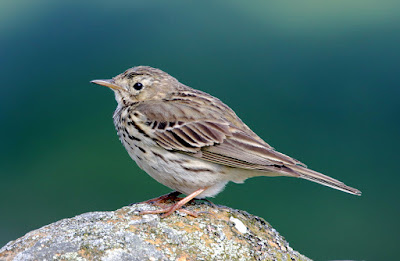Sorry I’m late. Windows decided to bring me up-to-date me with the latest enhancements that I can’t live without.
Mr Gates, you need to know, my Sue has been trying to modernise me for years and failed miserably. Yet it appears that Windows 10 does automatic updates whether the user wants them or not and by clicking constantly pressing “no”, all I did was delay the inevitable. Like a fool and worn down by the constant messages on the screen I clicked “go”. Three hours later here we are trying to update the blog.
Mr Gates, you need to know, my Sue has been trying to modernise me for years and failed miserably. Yet it appears that Windows 10 does automatic updates whether the user wants them or not and by clicking constantly pressing “no”, all I did was delay the inevitable. Like a fool and worn down by the constant messages on the screen I clicked “go”. Three hours later here we are trying to update the blog.
February and every birder I know has been looking for signs of spring in the extra daylight hours despite the constant Arctic winds headed our way. There’s been a few pointers at home with Blue Tit and Great Tit popping into nest boxes, Blackbirds hanging around the ivy covered hawthorns, and the annual Nuthatch visit following a burst or two of song. I’m still hoping that one of these years the Nuthatches might go further than simply practice their nesting skills in that mostly neglected box.
Nuthatch
I’ve watched a Treecreeper search the apple tree on a couple of occasions and noticed an increase in Goldfinches after a distinct lack during December and January, but I think those latter two are more related to food.
This morning I set off in the usual direction and soon hit upon a Barn Owl in the half-light. As I watched the owl a handful of calling Fieldfares rattled over having just left their overnight roost.
There was nothing doing until I got to Gulf Lane where I waited a while for Linnets to arrive for the seed I dropped. Just 100 or so today their numbers and persistence tested to the full in recent weeks by the constant battering of rain and wind. There was a Snipe, the inevitable Little Egret, a Kestrel from the nearby farm buildings, and just over the fence a gang of Lapwings with muddy bills.
Lapwing
Around Moss Edge I found the male Stonechat that’s hung around for weeks along a line of fence bordering a few straggly reeds. There were Fieldfares here, about 80 or 90 but looking into the light and very flighty.
Brown Hares were about this morning. I saw a couple on a circuit of Jeremy Lane tucked in close to the ground, motionless and with their ears pressed flat along their backs, trying for all the world to look like a large clod of earth.
Brown Hare
“Bits and pieces” between Jeremy Lane, Moss Lane, Slack Lane and Cockersands included 150+Starling, 90 Fieldfare, 2 Redwing, 20+ Meadow Pipit, 1 Merlin, 8+ Skylark, 7 Greenfinch, 2 Reed Bunting, 1 Pied Wagtail and 1 Stonechat (female). The Stonechat appears to have parted company with the male Stonechat that was along the same stretch of foreshore for several weeks. The two of them could always be found with a few yards of each other until now, but now just the one.
Stonechat
Starling
At Glasson I noted just 11 Goldeneye and 1 Goosander although of note, a single drake Pochard was still in residence.
Conder Green was relatively quiet but still approximately 200 Teal, 22 Redshank, 18 Lapwing, 10 Curlew, 5 Snipe and 1 Greenshank. Of note here was a pair of Oystercatchers on territory close to last year’s nesting site that failed at the busy roadside.
Curlew
Don’t forget. Stay tuned to Another Bird Blog to see the new updates.
Linking today with World Bird Wednesday, Anni's Blog and Eileen's Saturday Blog.
Linking today with World Bird Wednesday, Anni's Blog and Eileen's Saturday Blog.

















































































